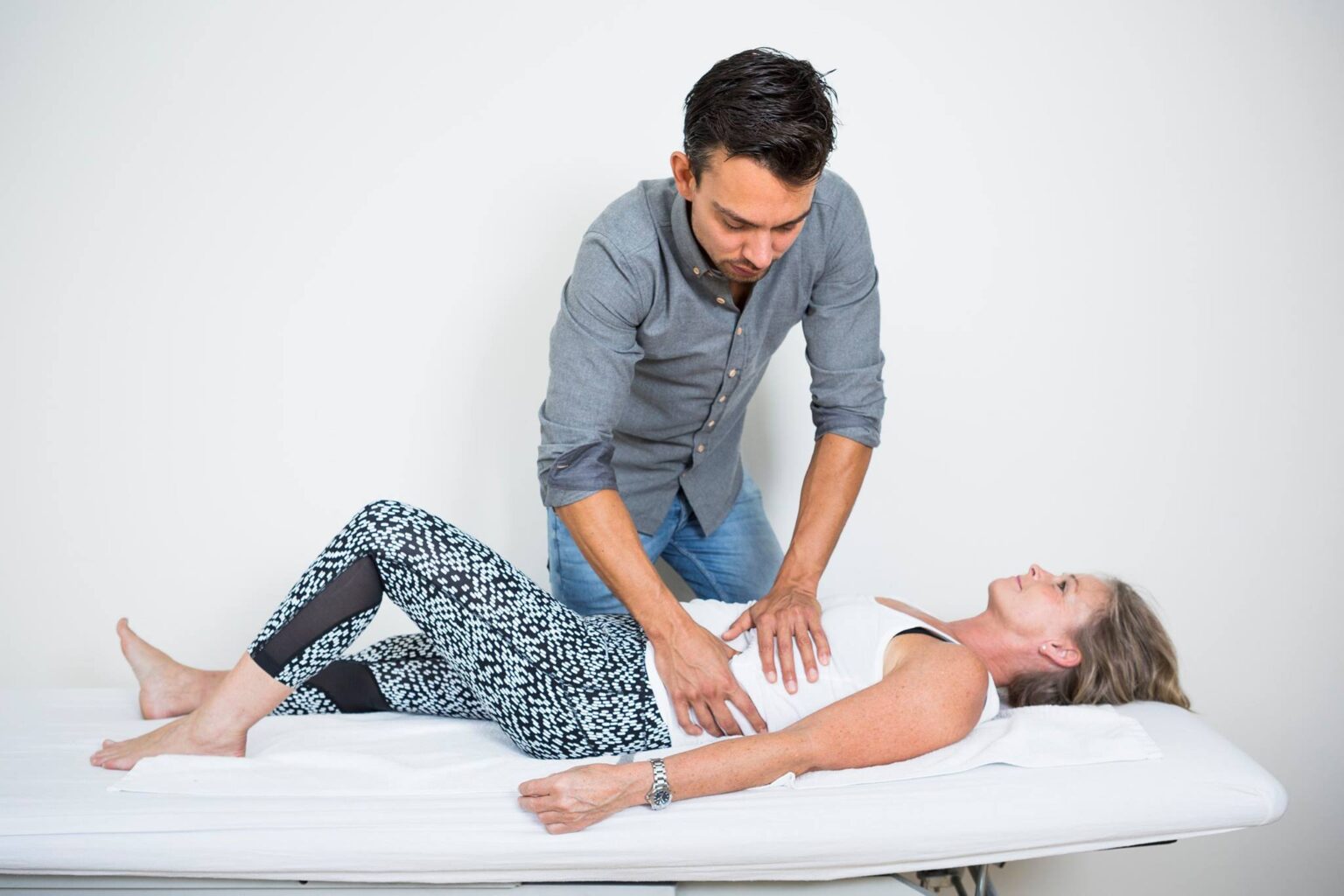We treat
Endometriosis
Learn more about endometriosis here
What is endometriosis?
Endometriosis is a chronic inflammatory condition that primarily affects women of reproductive age. Endometriosis occurs when tissue similar to the lining of the uterus (the endometrium) grows outside the uterus. This tissue can be found on pelvic organs such as the ovaries, fallopian tubes, the outer surface of the uterus and the bladder, but also in the intestines or outside the peritoneum. In very rare cases, endometriosis can also be found elsewhere in the body.
Jump to section [Vis]
What happens to the body with endometriosis?
During the menstrual cycle, the endometrial tissue inside the uterus thickens and is shed if pregnancy does not occur, leading to menstruation. Bleeding occurs from the uterus and out through the vagina, but research suggests that some of the menstrual bleeding is carried out through the fallopian tubes and into the abdominal cavity, instead of flowing down the vagina. Here, the tissue can attach to the pelvic organs, intestines or peritoneum and grow outside the uterus.
Other research suggests that endometriosis may also be caused by immune system dysfunction, genetic factors, or environmental influences inside the uterus.

Symptoms of endometriosis
- Pelvic pain: The most common symptom is chronic pelvic pain, often associated with menstruation, but can occur at any time.
- Painful menstruation: Severe menstrual pain can be a characteristic of endometriosis.
- Heavy menstrual bleeding: Some women with endometriosis experience heavy menstrual bleeding.
- Pain during intercourse: Women with endometriosis may experience pain during or after intercourse.
- Bowel problems: Endometriosis can cause bowel problems and bleeding from the rectum.
- Urinary problems: Endometriosis can cause pain during bladder emptying and/or frequent urination.
- Infertility: The cause of infertility in endometriosis is not known, but one possible explanation could be that endometriosis can affect fertility by blocking, or damaging, the fallopian tubes as a result of increased scar tissue formation.
- Heaviness in the lower abdomen: Women with endometriosis often experience a feeling of heaviness in the lower abdomen as a symptom. This may be because endometriosis causes an inflammatory reaction in the pelvic area, which can lead to swelling. It may also be due to cyst formation and scar tissue formation, which can reduce the elasticity of the tissue.
- Increased general fatigue: Endometriosis can affect the body in various ways, and the chronic pain and other symptoms associated with the condition can lead to exhaustion and fatigue. Increased fatigue can also be due to iron deficiency, as women with endometriosis often bleed heavily during menstruation.
Source: Sundhed.dk
How is it diagnosed??
The diagnosis usually involves a combination of medical history, physical examination, and ultrasound and/or laparoscopy.
How is endometriosis treated?
Treatment options for endometriosis may include pain management with painkillers, hormone treatments and/or surgery. Treatment focuses on relieving symptoms, reducing pain, improving the patient’s quality of life and managing any fertility problems. The choice of treatment depends on the severity of symptoms, the desire for fertility and individual patient preferences.

Can endometriosis be cured?
Endometriosis is a chronic condition and there is currently no known cure. Treatment therefore usually focuses on relieving symptoms, pain relief and improving the quality of life for those living with the condition.
Although there is no definitive cure for endometriosis, many women have success in managing their symptoms and improving their quality of life through a combination of these treatment methods.
Is endometriosis dangerous?
Endometriosis itself is not considered life-threatening or dangerous, but it can cause pain and complications that affect quality of life.
It is important to emphasize that endometriosis is not cancer, but a benign condition in which tissue normally found inside the uterus grows outside the uterus.
This tissue can be found on the ovaries, intestines, bladder, or other areas of the pelvis.
Source: Endo.dk

Can endometriosis cause pain in areas outside the uterus?
Yes, endometriosis can cause pain and discomfort in areas outside the uterus. Although endometriosis involves the growth of uterine tissue outside the uterus, it does not always manifest itself as pain only in the uterus. Other areas where endometriosis can cause pain include:
- Ovaries: Endometriosis can affect the ovaries and cause pain in this area.
- Pelvis, Bowels, and Bladder: Pain and discomfort can spread throughout the pelvic area, affecting the bowels, bladder, and other nearby organs.
- Back and abdomen: Endometriosis can cause pain in the back and abdomen, and this may be more prevalent than just pain in the uterus.
- Abdominal muscles: Some women with endometriosis may experience pain in the pelvic floor muscles.
- Leg pain: Leg pain is not a classic symptom, but can occur as a result of the impact of endometriosis tissue and the nervous system. This may be because endometriosis tissue can grow and spread to areas close to the course of nerves, which can lead to irritation or pain that can radiate down the leg(s). It can also be due to inflammation that endometriosis can cause in the body, which can potentially affect nerves or tissues nearby.
Contraception and endometriosis
Many women with endometriosis use birth control as part of their treatment plan. Birth control methods, such as birth control pills, hormonal IUDs, contraceptive implants, or hormonal implants, may be part of the treatment for women with endometriosis to manage symptoms and improve quality of life. These methods may have several potential benefits:
- Regulates the menstrual cycle: Hormonal contraceptives can help regulate the menstrual cycle, which can help reduce pain and other symptoms associated with endometriosis.
- Reduces bleeding: Birth control can reduce the amount of menstrual blood, thereby reducing the risk of low blood iron levels, which some women with endometriosis may experience due to increased bleeding.
- Prevent the ovaries from producing eggs: This may have a positive effect on endometriosis, especially if the endometriosis tissue responds to hormonal influences.
Source: National Library of Medicine
Good advice for menstrual pain

Menopause and endometriosis
Menopause, also known as perimenopause, is the stage in a woman’s life when her menstrual cycle stops permanently. Menopause typically occurs around the age of 50-55, but can vary from woman to woman.
Endometriosis is usually a condition that affects women of reproductive age, as it is related to the growth of uterine tissue outside the uterus. Menopause can therefore, for some women, have a positive impact on endometriosis, as the hormonal changes that accompany menopause can reduce symptoms and relieve pain.
During menopause, estrogen levels drop, which often results in a natural slowing of the growth of endometriosis tissue. This can lead to a reduction or complete cessation of symptoms such as pain and bleeding that are commonly associated with endometriosis.
Weight and endometriosis
Obesity and endometriosis
Obesity may have some influence on the risk of developing endometriosis, but the relationship is complex and research in this area is still lacking. Several studies have investigated the link between high BMI and the risk of endometriosis with varying results.
Some studies have concluded that women with higher BMIs may be at increased risk of developing endometriosis, as being overweight can affect hormone levels in the body, particularly estrogens, which can potentially influence the development of endometriosis tissue. However, it is important to emphasize that being overweight is not the only factor that affects the risk of endometriosis.
Underweight and endometriosis
Being underweight may also have some influence on the risk of developing endometriosis, although the research is lacking compared to being overweight. Research suggests that women with a low BMI may have an increased risk of developing endometriosis. Being underweight can affect hormone production in the body, especially estrogen levels, which in turn can affect tissue growth and potentially increase the risk of endometriosis. In addition, being underweight may also be associated with reduced immunity, which can affect the body’s ability to regulate tissue responses.
However, it is important to note that endometriosis is a complex condition, and the development of the disease involves multiple factors, including genetics, immune system function, and hormonal influences. Both overweight and underweight are therefore only some of the potential risk factors, and they may interact with other factors in a complex way.
The best advice is therefore to maintain a healthy lifestyle, engage in regular exercise and have a balanced diet, to promote overall health.

How can osteopathy relieve symptoms of endometriosis?
Osteopathy cannot cure endometriosis, but it can be an alternative non-pharmacological treatment for pain relief, improvement of mobility and functionality around the pelvis, and relief of any complications.
Here are a few examples of how osteopathy can help with endometriosis:
- Pain relief: Osteopathic techniques can help reduce pain associated with endometriosis. These may include gentle manipulation techniques and stretching exercises to relax muscles and relieve tension in the pelvic area. Treatment may also be directed at relieving pain in specific areas where endometriosis tissue is most prevalent or causing the most discomfort.
- Improving Pelvic Function: Osteopaths can work to improve the mobility and function of the pelvis and related structures, with the aim of relieving pain and improving movement in the area.
- Stress management: Endometriosis can cause increased stress and anxiety. Osteopaths can help reduce stress levels by working with the nervous system. This is done, among other things, by using relaxation techniques and calming exercises, such as craniosacral therapy and/or breathing exercises, which can help improve overall mental health and well-being.
- Lifestyle change suggestions: Osteopaths can advise on diet, exercise and lifestyle changes that can help relieve symptoms and improve quality of life for women with endometriosis.
Our approach to treating endometriosis
For us as therapists, it is important to create a safe atmosphere in the room, as gynecological problems such as endometriosis are often very vulnerable and taboo. Therefore, a lot of time will be spent on a thorough examination, so that the therapist can become as specific as possible about your problem, for further treatment..
It is important to emphasize that osteopathic treatments should be part of a comprehensive treatment plan developed in consultation with a gynecologist or general practitioner.
If this sounds like something you can identify with, you are more than welcome to stop by one of our clinics. We look forward to meeting you and helping you with your pain issues.

Often related pain

Ovarian surgery

Hysterectomy
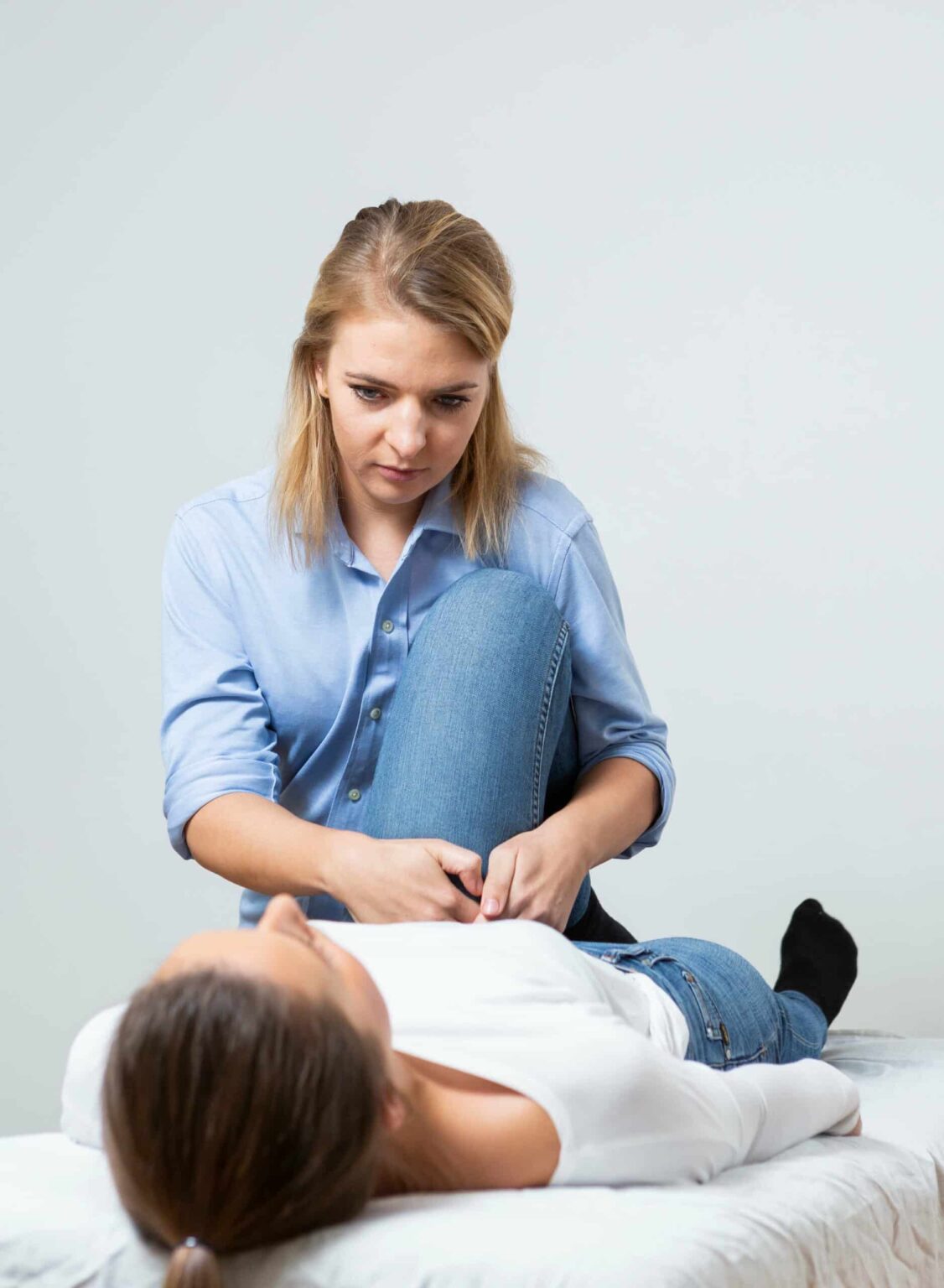
Endometriosis
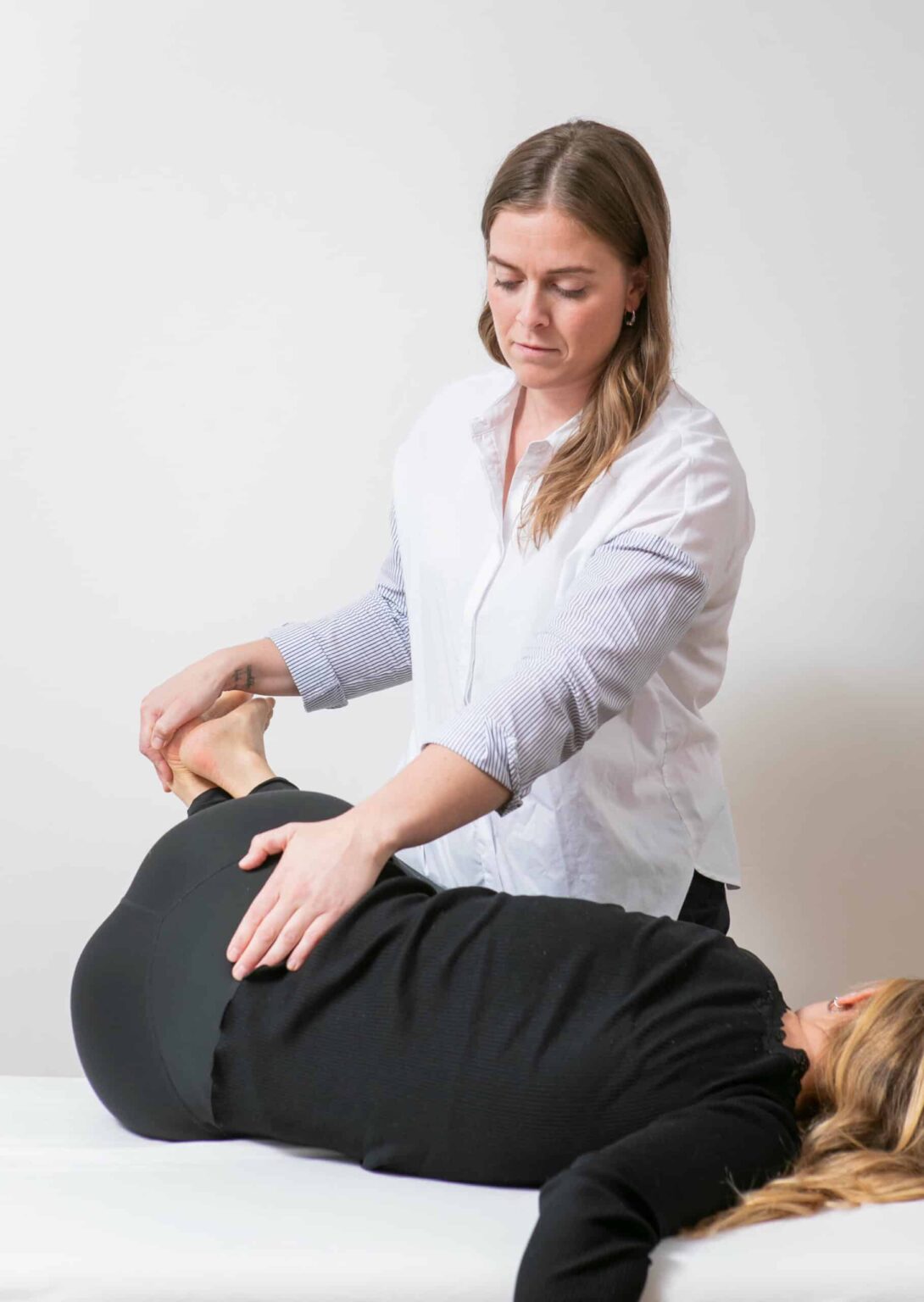
Pelvic pain
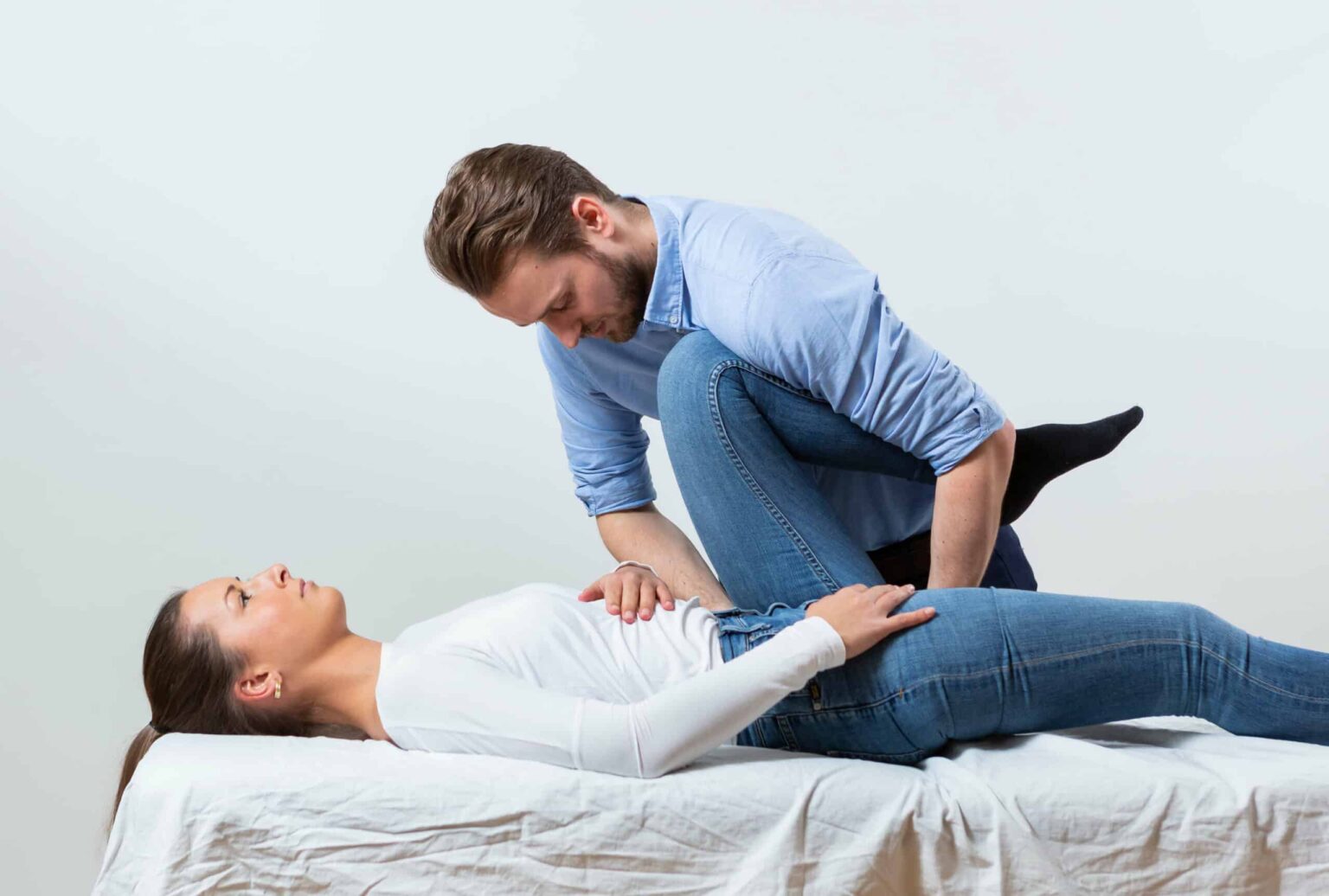
Menstrual pain
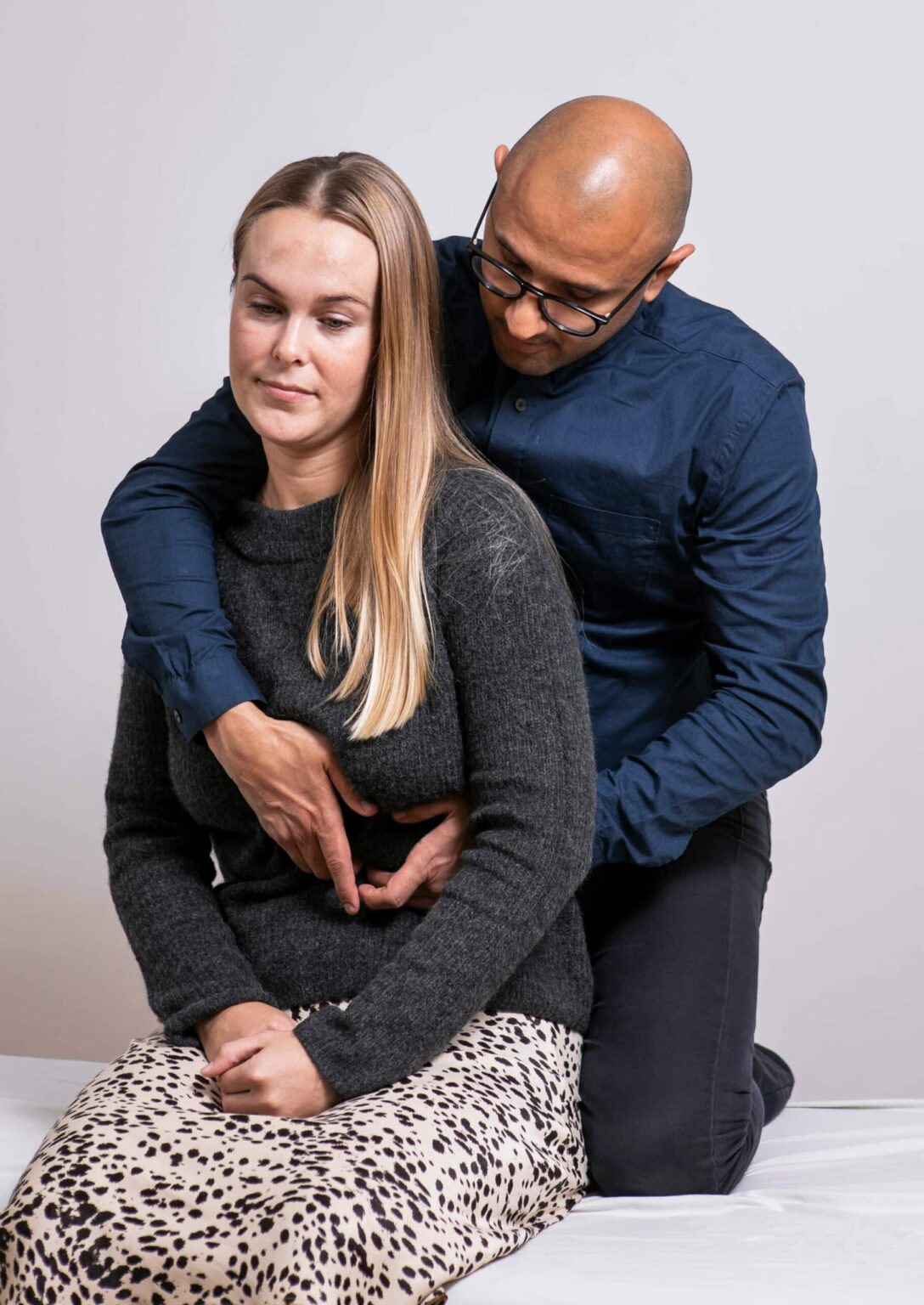
PMS
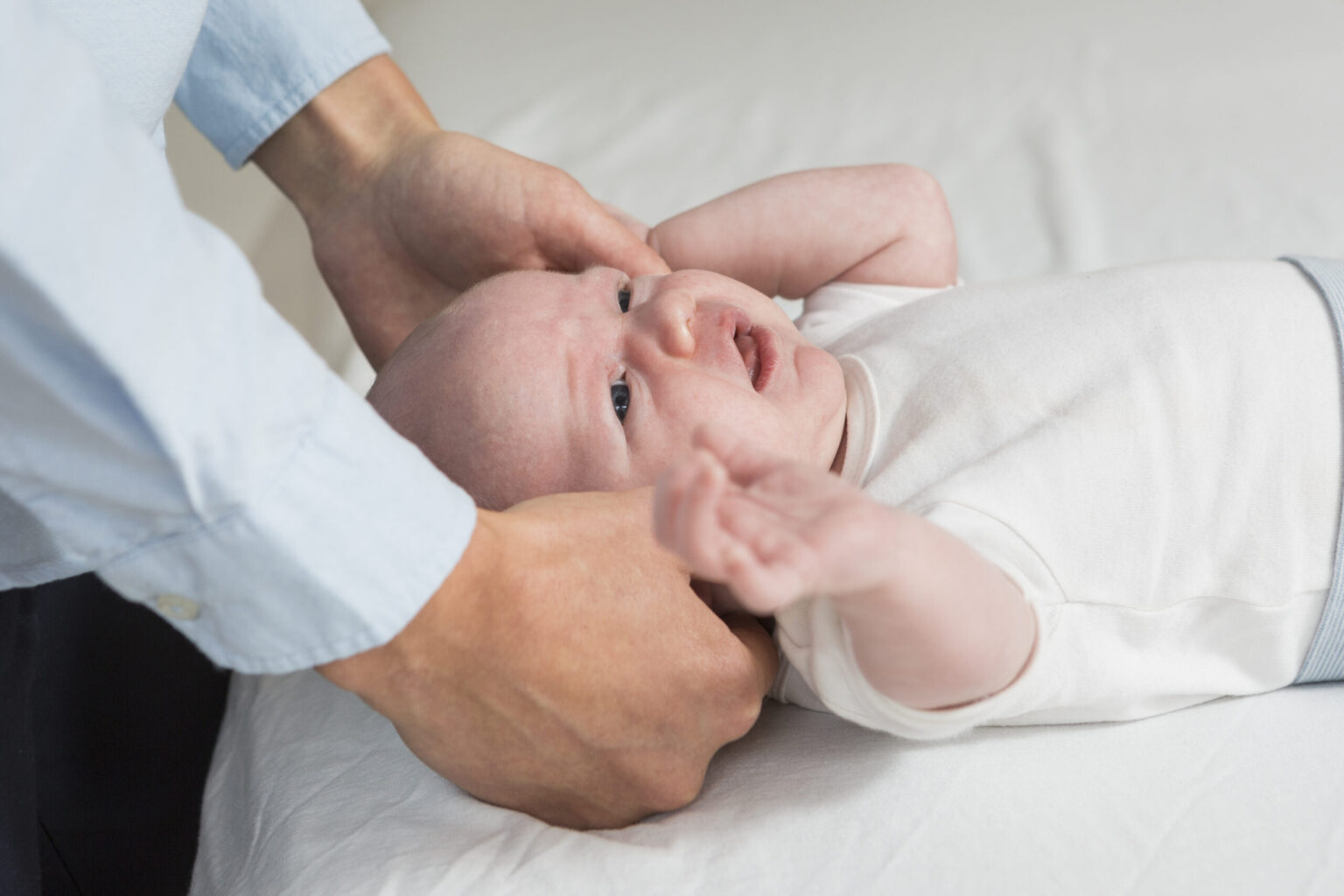
Involuntary infertility
